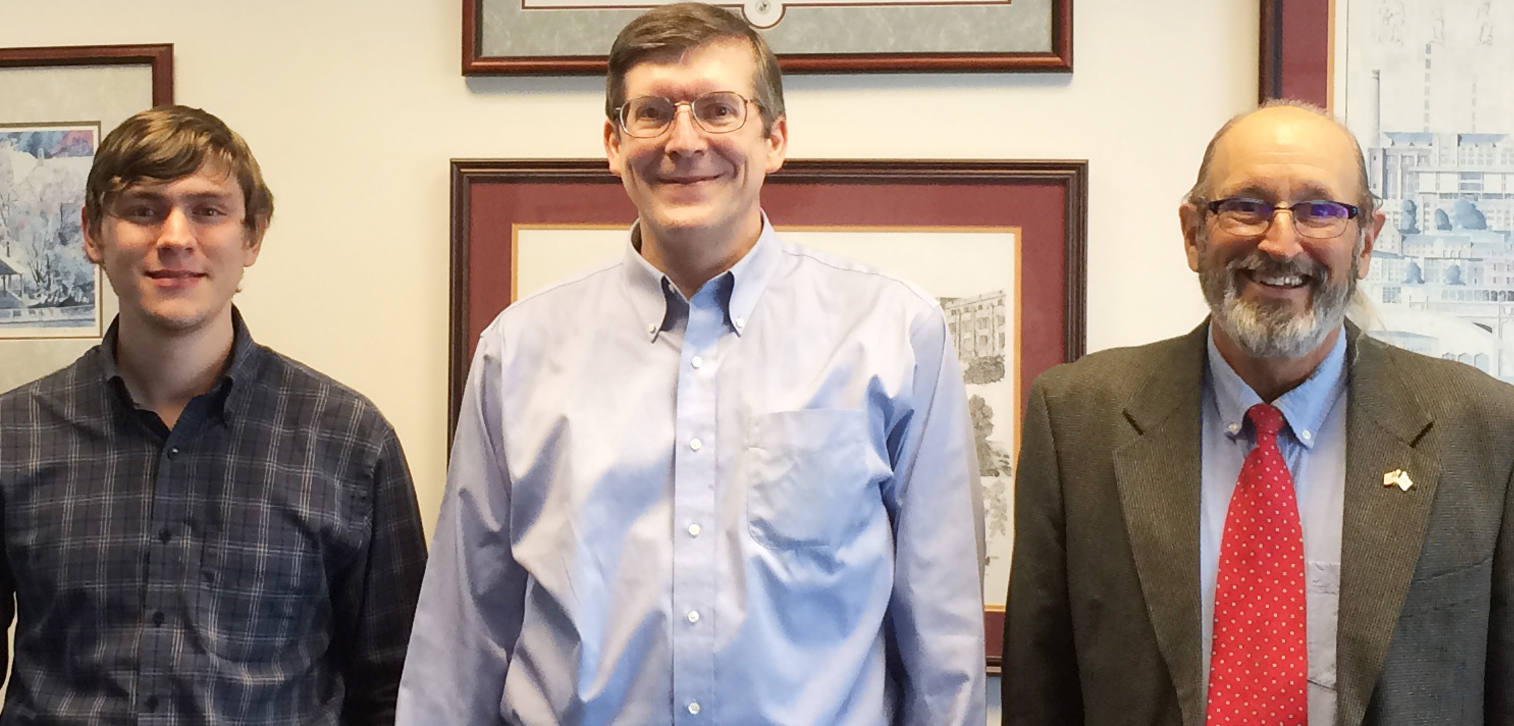Wireless @ Virginia Tech awarded grants to help ease shift to sharing of radio bands

The coming technical shift to a shared use of some of the nation's radio bands -- used for activities including television and radio broadcasts, cell phones, military communications, and air-traffic control -- means economic opportunity and more connected devices. However, users who previously had sole use of frequencies in these bands must find a way to protect their assets and privacy.
These users, including the military, find themselves at some level in a position analogous to beachfront property owners when a previously private beach goes public. Military groups that currently have sole access to some of the radio bands to be shared are facing new issues that include: privacy, rogue users, jammers, hackers, and legacy equipment. The U.S. military, already confronted with many of these problems when it operates abroad, will now face similar challenges at home.
Sharing radio bands, or frequencies, requires engineers who can design systems that can adapt, plus devices that can collaborate on when, and on what frequency, each will transmit.
Engineering researchers at Virginia Tech have received grants of more than $680,000 to help the military train engineers and develop systems to share their radio spectrum.
The first grant of $628,000 from the Office of Naval Research (ONR) was awarded to Carl Dietrich, associate research professor of electrical and computer engineering, and Richard Goff, associate professor of engineering education. The purpose is to develop hands-on learning for novel solutions to radio spectrum problems. Dietrich is also the lead investigator on a second $54,000 grant from the Air Force Research Laboratory (AFRL) to improve software for testing devices that share frequencies.
The hands-on tutorials developed by the researchers will be made available on a public website for students and working professionals. The tutorials will teach concepts and applications related to spectrum use that are of interest to the Navy, particularly in the areas of cognitive radio and spectrum sharing.
Cognitive radios can observe, learn about, and adapt to their environments in a way that roughly mimics human capabilities, according to Dietrich, who is a member of the Wireless @ Virginia Tech research group.
The tutorials will use Virginia Tech's CORNET cognitive radio test bed and similar hardware, as well as the Cognitive Radio Test System (CRTS), an open-source framework for testing and evaluating radios and networks in challenging interference environments. The tutorials will be developed with input from various U.S. Navy organizations from a network of academic partners, including Gonzaga University, Liberty University, the Naval Postgraduate School, North Carolina Agricultural and Technical State University, and Weber State University.
The Virginia Tech team includes Joyce Donathan, webmaster of the project website, and Ph.D. student Freddie Romano of Blacksburg, Virginia, an electrical engineering student.
The AFRL grant is to improve software for testing cognitive and spectrum-sharing radios, as well as networks of these radios. Wireless @ Virginia Tech has developed software to orchestrate tests of spectrum-sharing radios. In these tests, radios transmit and receive data over the air in computer-generated radio interference environments produced using software-defined radio test beds such as Virginia Tech's CORNET test bed, made up of 48 programmable, controllable radios spread over four floors of a building on the Blacksburg campus.
The grant will help researchers study and improve the testing software's ability to generate closely similar results in repeated tests, and enable the software to measure performance of a wider variety of spectrum-sharing radios and networks.
Vuk Marojevic, research associate of electrical and computer engineering; Nicholas Polys, director of visual computing, affiliate research professor of computer science, and of the Institute for Creativity, Arts, and Technology (ICAT); Michael Fowler, research associate with the Hume Center; and Mark Howard, director of the Software Technologies Laboratory; serve as co-investigators on the project.
The group's other spectrum-sharing related work includes hosting a new student design contest called the spectrum-sharing radio contest or Spectrum-ShaRC.
The move to sharing selected radio bands is a result of a 2012 report by the President's Council of Advisors on Science and Technology (PCAST) that predicted a trillion dollars in societal benefits and enhanced U.S. technological leadership as a result of spectrum sharing.




